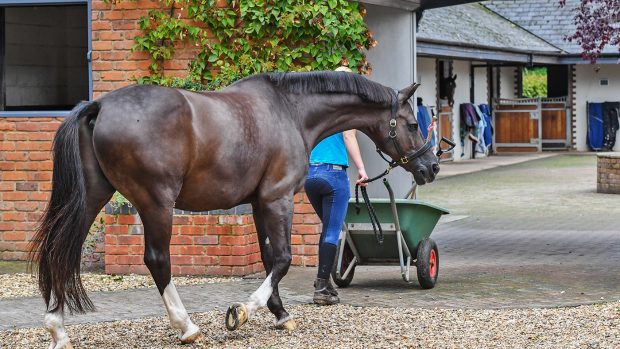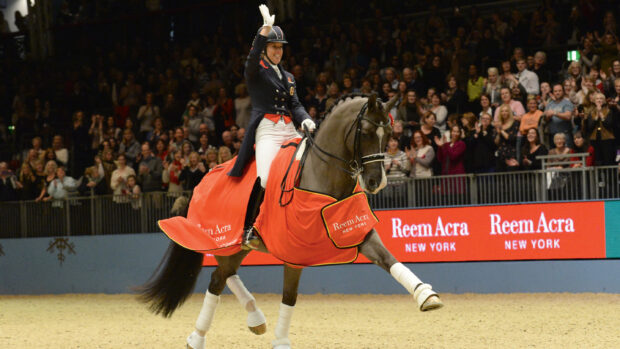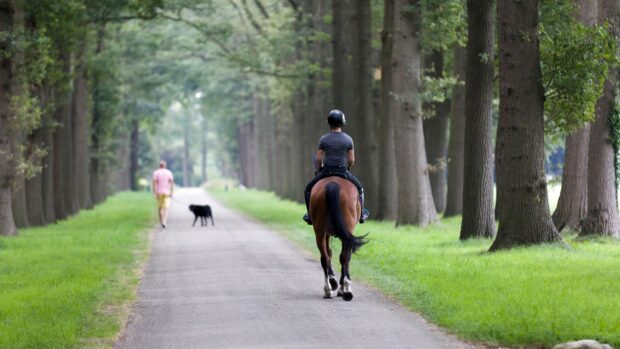Multi-Olympic and European medal-winning dressage rider Carl Hester MBE shares his life lessons which include keeping variety, surrounding yourself with positive people and doing what you love most...
Born and bred on the Channel Island of Sark, my parents were a bit shocked when I told them I was embarking on a career in horses. But despite everything, they supported me wholeheartedly. They always told me, “Do what makes you happy.”
Because I came from Sark, I was unaware of the icons of the day, and my trip to the top was very fast. I went to work for “Dr B” (Dr Wilfried Bechtolsheimer) and was competing in a World Championship the following year in 1990.
My first memory of top-class dressage was Nicole Uphoff on Rembrandt because she was there winning gold. It blew my mind, because it was unique how she rode and how elegant her tests were.
My other icons have to be Jennie Loriston-Clarke, who was my first inspiration in dressage, and Richard Davison, who is always so approachable.
The training tip I live by is to get your horse in self-carriage. Back in the early days, when I was training with Bert Rutten, he always advised me that training a horse to grand prix was one thing, but having a horse in self-carriage was the key.
Horses aren’t designed to spend all day in a stable, so on veterinary advice we keep our horses moving, whether that’s through turnout, time on the walker, in-hand grazing or in-hand walking. And training on different surfaces keeps your horse’s tendons and ligaments strong and able to cope with the demands of different terrain.
Luckily, I have had other equestrian experience other than dressage, such as eventing, so I’ve always realised that the happiest horses are the ones who want to do it, and that comes through variety.
Carl Hester: “It’s not life or death”
When it comes to what I do on a competition day, everyone is different and what works for one person, won’t work for another. For me, I try to surround myself with positive people who stop me thinking about the competition ahead – I feel that is best dealt with when you’re on board.
Before I enter the arena I try to think, “This is only dressage”. It’s not a life-or-death situation. I remember this and it helps take the pressure off.
I don’t wish I’d known anything when I was 16, because my life has been such a surprise. I had no idea what I wanted to do, who I wanted to be or what path I wanted to go down. Every year has been a surprise and I’d rather that than “I wish I’d known”.
The horse I wish I had now would have to be Escapado, who finished third in the special at the European Championships in 2005. He was the first top horse I had on my own. He was fairly highly strung and I did everything I could in those days to make the best of what I had.
I wish I’d had the knowledge and experience I have now because although he was a very hot type of horse, he still could have been even better.
- To stay up to date with all the breaking news throughout major shows such as London International and more, subscribe to the Horse & Hound website
You may also be interested in:

8 training gems from Carl Hester that could transform your dressage scores

What Carl Hester really said about his retirement after winning bronze at Paris Olympics

‘Uncle Carl gave me a lesson on Valegro’: do Christmas presents get any better than this?
‘This is what dreams are made of. It is something we will never forget’

Subscribe to Horse & Hound magazine today – and enjoy unlimited website access all year round




